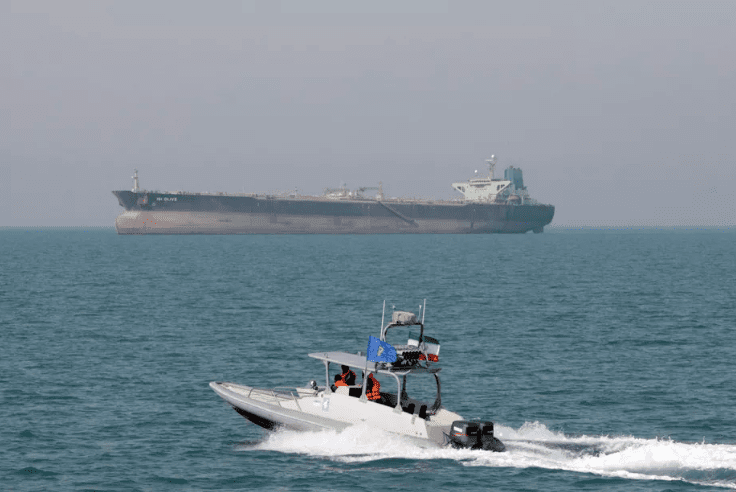2 Oil Tankers were Damaged in Possible Attacks in the Gulf of Oman

The
US Navy’s Fifth Fleet, which is stationed in the Gulf country of Bahrain,
received two distress calls on Thursday morning from vessels traveling through
the Gulf of Oman, an important energy shipping route situated between the
Arabian Peninsula and Iran. The US naval fleet immediately responded to it said
was a “reported attack,” and it’s continuing to provide assistance to the
affected ships.
The
UK Maritime Trade Operations, part of Britain’s Royal Navy, also issued a
warning Thursday morning saying it was investigating “an incident” in the area.
A
top executive at the Taiwanese company that chartered one of the vessels, the
Marshal Islands-flagged Front Altair, told Reuters that it may have been hit by
a torpedo, though this has not been independently confirmed. The maritime
intelligence firm Dryad Global tweeted that the vessel is “on fire &
adrift,” and the company that operates the ship told the Associated Press that
an explosion set it aflame. Fortunately, all 23 crew members have been rescued.
The
other tanker, the Panama-flagged Kokuka Courageous, received damage to the
hull, the ship’s management company said in a statement. Its 21-person crew was
also quickly rescued by a nearby ship.
Iranian
state media says that Iranian ships saved all 44 crew members. Neither vessel,
as of now, is believed to be at risk of sinking.
This
incident could spark a US-Iran fight
There
are two main reasons why the damage to the two oil tankers is so chilling —
outside of the general destruction, of course.
First,
the Gulf of Oman is near the Strait of Hormuz, a crucial maritime passage
aggressively patrolled by Iran through which a third of the world’s liquefied
natural gas and almost 20 percent of the world’s oil production flows. Oil
already jumped 3 percent higher after news of the incidents broke.
Second,
and much more worrying, is that it could severely escalate tensions between the
US and Iran.
In
early May, National Security Adviser John Bolton announced the US was deploying
an aircraft carrier and bomber planes to the Persian Gulf in response to “a number
of troubling and escalatory indications and warnings” of threats from Iran.
The
move, Bolton said, was meant “to send a clear and unmistakable message to the
Iranian regime that any attack on United States interests or on those of our
allies will be met with unrelenting force.”
Iran
apparently intended to target US troops in Iraq and Syria, or even use drones
against Americans in a key waterway near Yemen. There was also information that
Iran put cruise missiles on ships, heightening fears that it might attack US
Navy vessels with them.
It
didn’t take too long for there to be an incident.
About
a week after Bolton’s warning, four oil tankers were damaged near the Strait of
Hormuz. Two of them belonged to Saudi Arabia and one belonged to the United Arab
Emirates, both staunch enemies of Iran and friends to the US. (The fourth was
owned by a Norwegian company.)
United
Nations ambassadors from the UAE, Saudi Arabia, and Norway said last week that
the damages came after a country used divers to place mines on the large ships.
The diplomats didn’t specifically name Iran as the culprit, but the US had
already blamed Tehran for the sabotage — a charge Iran denies.
It’s possible that Iran had nothing to do with the damage to the two oil tankers on Thursday. But if it did — and the US finds out — then the month-long standoff may escalate into a full-blown fight.
